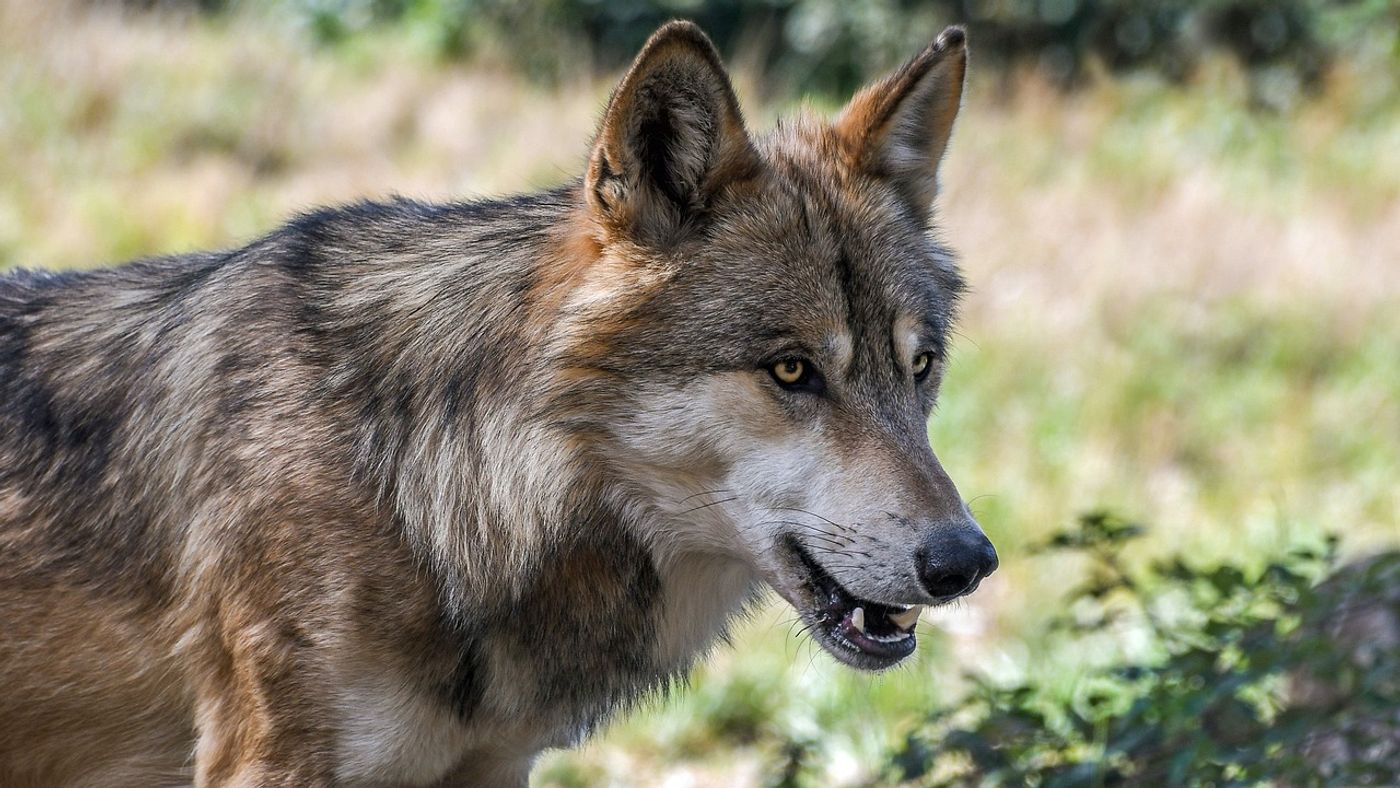First Wild Wolf Spotted in Northern Belgium in Over 100 Years
Anyone familiar with the European continent knows wild wolves aren’t a common sight, but they still pop up from time to time. Northern Belgium, for example, is just one place where you’d almost never expect to find one.
Image Credit: Pixabay
That aside, animal experts say a recent sighting in Northern Belgium is the first in the region for more than a century, and you can probably imagine how animal conservationists jumped right in to learn everything they could about the exciting change of events.
Numerous factors contributed to the wild wolf’s rarity in Europe over the years, including over-hunting and land development to name a few. But while the animal might be sparse throughout the continent, the few survivors have been re-colonizing specific areas.
Related: Wolves that compete with brown bears for food end up eating less
One thing the curious animal conservationists had noticed during the wolf sighting was that the animal sported a tracking device around its neck. A closer look revealed that this particular specimen had originated from Germany – the larger country just East of Belgium.
According to the experts, Belgium was the only European country not to have been visited by wild wolves since the animals began re-colonizing the continent. On the other hand, new protections seem to have helped with this, and populations are just now starting to rebound.
"Our country was the only one in continental Europe to have not been visited by a wolf," the conservation group known as Landschap said in a statement.
"In recent days the wolf has stayed near the Flemish town of Beringen and the military base at Leopoldsburg. The animal has covered 500 kilometers (300 miles) in ten days," they continued.
Related: Both dogs and wolves know when they're being treated unfairly
The wild wolf sighting in Northern Belgium in January seems to be spurring heaps of excitement among local animal conservationists. So much so, in fact, that they're brainstorming ways to encourage more wild wolves to visit the country despite everything that drove them out in the first place.
Don’t ask us how they’ll accomplish such a challenging feat, but it should be interesting to see whether their efforts spur additional wild wolf sightings in the future or not.
Source: Phys.org









